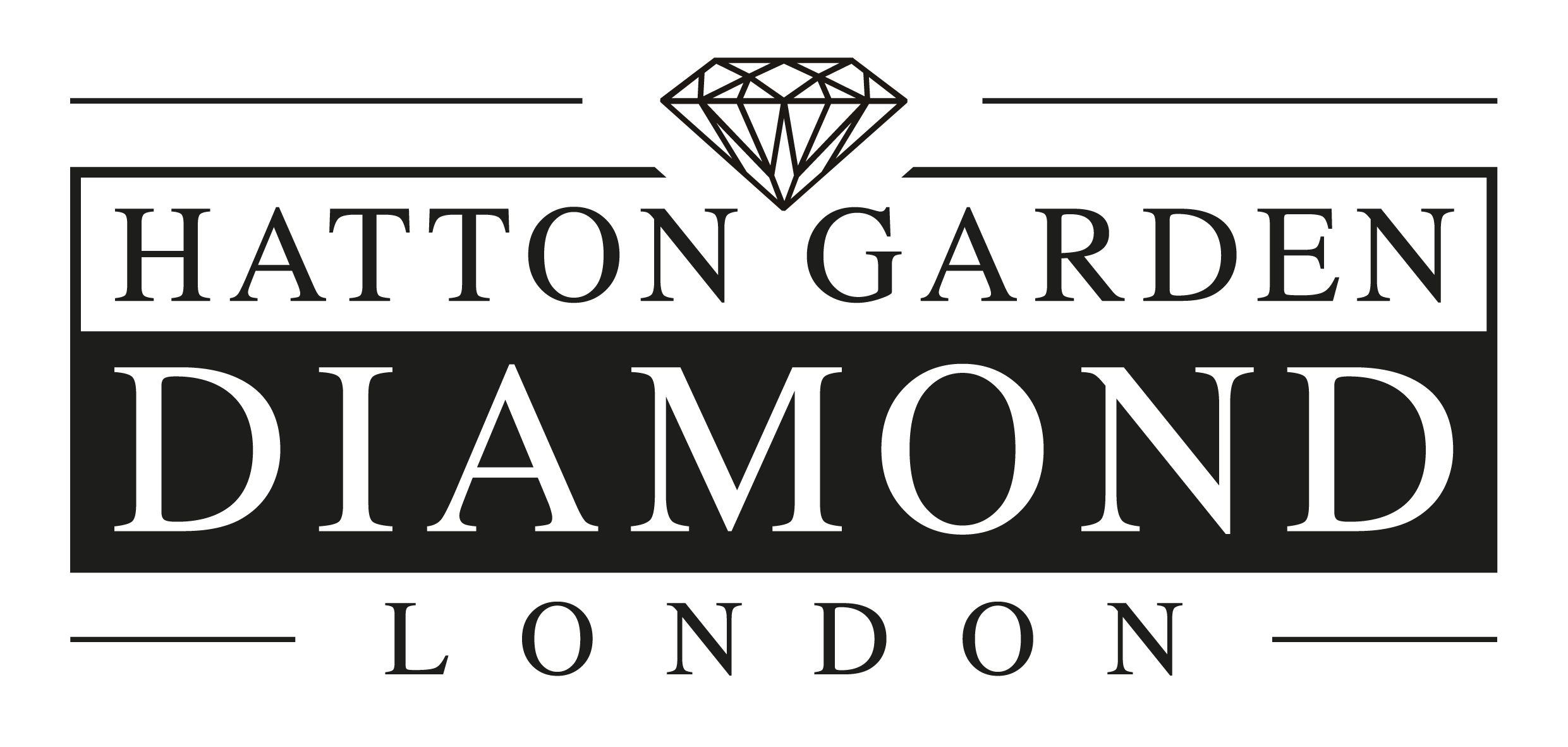Guides
Guide To Birthstones Pt 2
This is part 2 from our series of guides to birthstones which gives an overview on April, May, June. To read part one click here. Birthstones are a fantastic way to add a special meaning to jewellery and make great gifts to mark a birthday, anniversary, graduation or other memorable occasion. They can be incorporated into rings, necklaces, pendants, bracelets and more. Paired with diamonds, they can add a splash of colour and variety to your jewellery piece. We hope you enjoy our guide to birthstones, part three and four will come soon!
April – Diamond
Diamonds are the birthstone for April and have been admired for centuries, and some historians estimate it was traded as early as 4 BC. One of the reasons it is so admired and valued is because of the process by which a diamond must be formed well below the earth’s crust, then forced upward until it is uncovered. But before this process was understood, many ancient civilisations believed that diamonds were lighting made real on earth. Perhaps this is the reason that diamonds have often been associated with great healing powers. Many thought the diamond could cure brain disease, alleviate pituitary gland disorders and draw toxins from the blood.

May – Emerald
As the birthstone for May, the emerald, a symbol of rebirth, is believed to grant the owner foresight, good fortune, and youth. Emerald, derived from the word “smaragdus,” means, quite literally, “green” in Greek. The deeper or more green an emerald, the more valuable it is. The rarest emeralds will appear to be an intense green-blue. Unlike some gemstones, which can maintain a relatively standard price range no matter the size, you will see a wide price range between smaller emeralds and larger ones. Some of the most famous emeralds in private collections or museums today are literally hundreds of carats and are considered to be priceless. Most gemologists will also agree that colour is also important when purchasing an emerald. Colour should be evenly distributed and not too dark. Rare emeralds will appear as a deep green-blue, while lighter coloured gems are more common (and therefore, often more reasonably priced).
June – Pearl and Alexandrite
Those born in June can have a range of choice, as some lists also include Moonstone as a birthstone. Arguably though, Pearl and Alexandrite are the core ones.
Pearls are the only gemstones made by living creatures. Mollusks produce pearls by depositing layers of calcium carbonate around microscopic irritants that get lodged in their shells—usually not a grain of sand, as commonly believed. The rarest, and therefore most expensive, pearls are natural pearls made in the wild. The majority of pearls sold today are cultured or farmed by implanting a grafted piece of shell (and sometimes a round bead) into pearl oysters or freshwater pearl mussels. Pearls are also very soft, ranging between 2.5 and 4.5 on the Mohs scale. They are sensitive to extreme heat and acidity; in fact, calcium carbonate is so susceptible to acid that pearls will dissolve in vinegar.
When buying pearls be aware that they are the few gems not measured by carats. Luster is the most important aspect of choosing a pearl. The finest pearls are metallic and reflective like mirrors. Pearls can range in size from 3mm to 13mm. Because pearls do not require polishing or faceting like most gems, finding a pair of pearls that match perfectly in size, colour and luster can be more difficult—and more expensive. A matched strand of natural pearls may sell for hundreds of thousands of pounds. Lastly, beware of imitation pearls or shell pearls, which are made from conch shells or glass coated with a solution containing fish scales. Rubbing two pearls together will reveal if they are smooth imitation stones, or if they feel gritty from the nacre that comprises natural and cultured pearls.
A relatively modern gem, alexandrite was discovered in Russian emerald mines located in the Ural Mountains. Often described as “emerald by day, ruby by night,” alexandrite is a rare variety of the mineral chrysoberyl that changes colour from bluish green in daylight to purplish red under incandescent light. This colour change makes alexandrite an interesting and rare gemstone, making it more valuable than sapphires, rubies, emeralds and even diamonds. As such alexandrite is a luxurious present reserved for only the lucky babies born in June. Top-quality Russian alexandrite has sold purportedly for as much as $10,000 for one carat.

